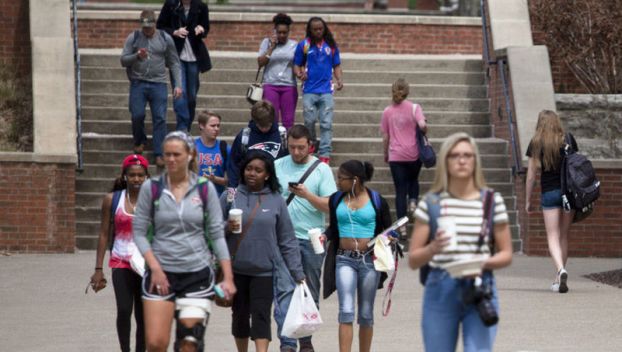
News
40th running of Med Center Health’s 10K Classic this weekend
When runners gather Saturday for this year’s Med Center Health 10K Classic, they’ll mark the event’s 40th annual ... Read more

When runners gather Saturday for this year’s Med Center Health 10K Classic, they’ll mark the event’s 40th annual ... Read more

A state higher education budget cut effective immediately means Kentucky’s universities will have less money to develop on-campus ... Read more